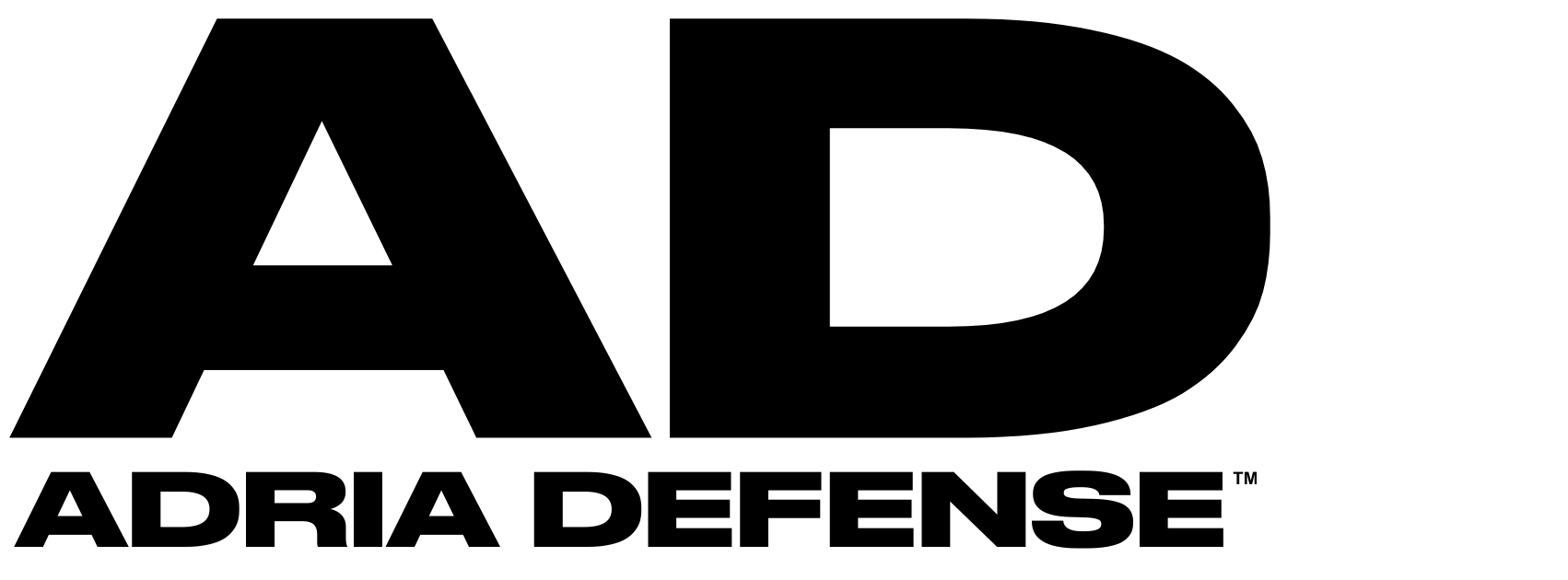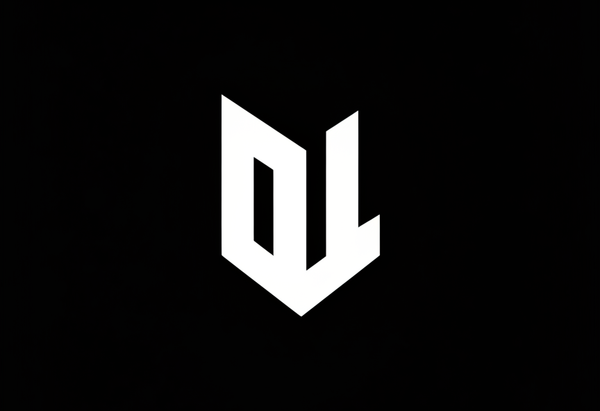Roketsan Unveils Next-Generation Missile Systems at IDEF 2025, Signaling Türkiye’s Expanding Defense Ambitions
Roketsan unveiled six cutting-edge defense systems at IDEF 2025, including Türkiye’s first submarine-launched missile and a hypersonic ballistic weapon, showcasing the nation’s growing defense autonomy.

ISTANBUL — Türkiye’s leading missile manufacturer, Roketsan, showcased a sweeping array of next-generation defense systems at the International Defense Industry Fair (IDEF) 2025, underscoring Ankara’s accelerating push toward defense autonomy and its rising ambitions on the global arms stage.
Held from July 22 to 27 at the Istanbul Expo Center, the 17th edition of IDEF gathered hundreds of defense contractors and delegations from across the world. But few drew as much attention as Roketsan, which arrived with more than 60 systems, including six newly developed platforms unveiled publicly for the first time.
“We are building the steel dome of Türkiye,” said Murat İkinci, Roketsan’s chief executive, referring to the company’s growing portfolio of air and missile defense systems. “Our mission is a fully independent Türkiye in defense — from precision-guided munitions to hypersonic strike capabilities.”
The display came as regional security concerns — from conflicts in the Middle East to rising tensions in the Black Sea — continue to reinforce Türkiye’s drive to localize its defense industry and reduce reliance on foreign suppliers. Roketsan’s latest offerings suggest a defense ecosystem increasingly capable of addressing these challenges with homegrown solutions.
Six New Systems Define Roketsan’s Next Leap
Among the centerpiece unveilings was AKATA, an encapsulated, submarine-launched variant of the ATMACA anti-ship missile, giving Türkiye a capability previously held by only a handful of nations. With a range exceeding 250 kilometers, AKATA can be fired from beneath the surface, strengthening Türkiye’s maritime deterrence and contributing to the country’s so-called “Blue Homeland” doctrine.
Equally significant was the debut of GÖKBORA, a beyond-visual-range air-to-air missile designed for both manned and unmanned fighter platforms. With a reach beyond 100 nautical miles, the system signals Türkiye’s ambition to equip its forthcoming TF-X Kaan fighter and other aerial assets with domestically developed munitions.
Perhaps the most technologically striking announcement was the TAYFUN BLOCK-4, a hypersonic ballistic missileweighing more than seven tons and designed to strike strategic targets hundreds of kilometers away with high precision. The new variant builds on Roketsan’s existing TAYFUN program, extending range and speed to new thresholds.
Roketsan also introduced EREN, a high-speed loitering munition capable of being launched from UAVs, helicopters, and land platforms, as well as the 300 ER, an air-launched ballistic missile with a 500-kilometer reach, enabling stand-off strikes from outside enemy air defense envelopes.
Rounding out the new lineup was ŞİMŞEK-2, a satellite launch vehicle designed to place payloads up to 1,500 kilograms into orbit — a clear step in Türkiye’s bid to join the growing club of nations with independent space-launch capabilities.
“With ŞİMŞEK-2, Türkiye is asserting itself not only in defense, but in space,” İkinci said. “These are strategic capabilities that define great powers.”
Expanding Arsenal, Global Partnerships
Beyond the new systems, Roketsan’s stand featured an extensive portfolio spanning air defense, anti-tank, cruise missiles, guided artillery, and precision munitions. Many are already fielded by the Turkish Armed Forces and exported to international partners, giving the company a growing footprint in global markets.
During the fair, Roketsan signed a series of high-value agreements with domestic and foreign partners, reportedly totaling billions of dollars. While details were not fully disclosed, the contracts reflect a broader pattern of Türkiye’s defense industry expanding exports, particularly to Asia, Africa, and the Middle East.
IDEF 2025, hosted under the auspices of the Ministry of National Defence and supported by the Presidency of Defence Industries (SSB), served as a stage for Ankara to demonstrate how far its defense ecosystem has evolved. Once heavily dependent on Western suppliers, Türkiye now produces a wide range of missile, drone, and naval systems — many of which have seen operational use in recent conflicts.
Toward Strategic Autonomy
Analysts say Roketsan’s IDEF 2025 showcase reflects a broader shift toward strategic autonomy — an ambition reinforced by geopolitical frictions and evolving military needs. With its latest systems, Türkiye joins a small group of nations developing hypersonic strike weapons, indigenous air defense shields, and multi-domain loitering munitions.
“IDEF is no longer a regional exhibition — it’s a statement,” said one European defense analyst attending the fair. “Roketsan’s portfolio demonstrates that Türkiye is not only catching up but aiming to lead in several critical technologies.”
As the country marks the second century of its Republic, its defense sector appears determined to match national aspirations with indigenous innovation. For Roketsan, that means doubling down on research and development, expanding global partnerships, and pushing into frontier domains such as space and hypersonic warfare.
“We will continue to research, develop, and produce,” İkinci affirmed, “until Türkiye stands fully independent in defense.”
Source: Roketsan
By Adria Defense Staff
Adria Defense is an independent English-language media platform covering defense and security developments across South-East Europe and beyond.





